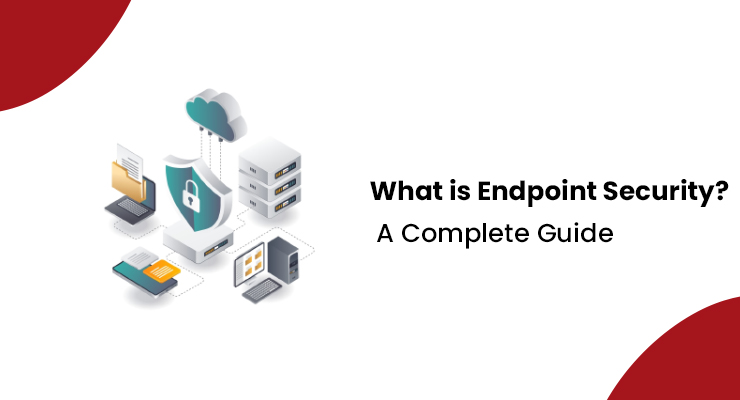What is Endpoint Security? A Complete Guide
Endpoint security is the discipline of locking down any element of an organization that is capable of obtaining internal access to resources such as databases or servers. It is a broad topic that forces cybersecurity professionals to look at every possible access route that a hacker might take in launching an attack.
When hackers look to execute an attack on an enterprise, they first choose what kind of mechanism they will look to exploit. This could be a website, a piece of software, or a networked device. Then they go about hunting for ways put their plan into motion, all while trying to hide their activities from defense systems.
Why is Endpoint Security Important for Businesses?
In the early days of the internet, when companies were just starting to adopt new computing technologies into their environments, local networks had very clear and rigid perimeters. To access central repositories and servers, you had to be physically situated in the same office and go through a common portal.
In the modern workplace, with the shift to cloud hosting and software-as-a-service, the situation is entirely different. You have employees, partners, and vendors all connecting to your enterprise network from their own devices and often from remote locations. This has made it easier to conduct business globally, but it’s also introduced a range of new cybersecurity threats that organizations must face on a daily basis.
The practice of endpoint security forces enterprise IT teams to look at all possible entrances that outsiders may have to their internal network. What is considered an endpoint? Every new device that employees use, including smartphones and tablets, represents an emerging risk and another vulnerability to consider.
How Endpoint Security Works
In order to select the best endpoint security protection for business, it’s important to understand how endpoint security interacts with the other elements of security and how to differentiate it as well. Let’s first run through the fundamental process of implementing endpoint security, which every organization needs to consider, regardless of their industry.
- The first step a company must take is information gathering. You won’t be able to defend your network from attack unless you have a complete understanding of all the access points that connect to it. This activity should also cover Identity and Access Management (IAM) so you know who needs access to what resources.
- After surveying and cataloging the various endpoints on your network, you’ll need to choose a security solution for every layer of technology. This includes hardware protection, software protection, cloud protection, and network protection. Keep in mind that certain vendors may offer a suite of services to cover your full range of needs.
- At this point, you are ready to implement the selected solutions and switch to monitoring mode. You’ll need to closely test and measure how each solution performs and determine whether any major network vulnerabilities still exist. If they do, you start the entire process over again.


